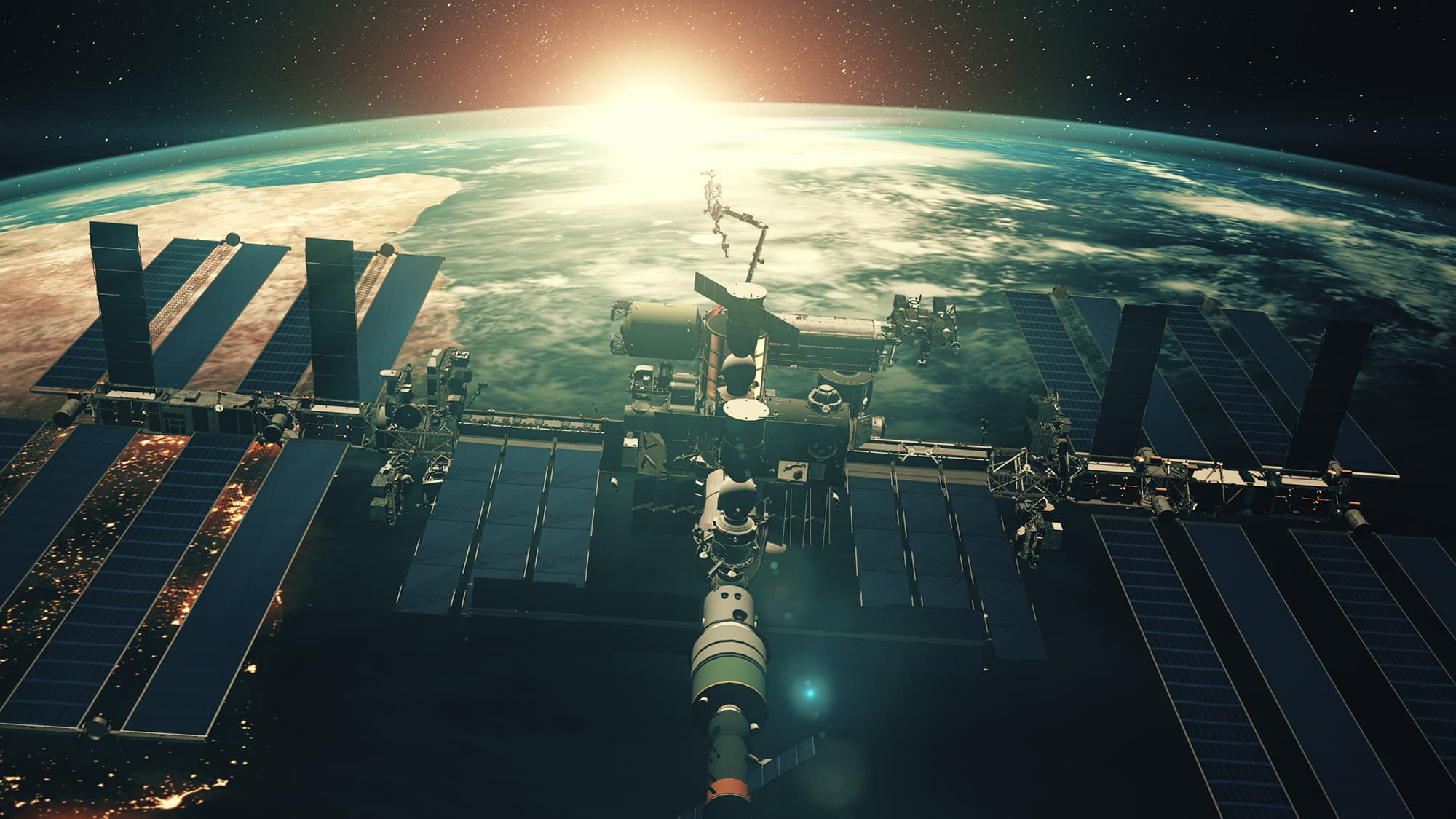Cyprus is under increasing pressure to expedite progress in developing its renewable energy sector, a sentiment expressed forcefully by President Nikos Christodoulides at the 13th Energy Symposium in Nicosia. In his address, the president outlined an ambitious energy strategy concentrating on renewable sources, gas exploration, and enhanced regional interconnectivity, while openly criticizing the sluggish pace of renewable initiatives—a fault he deemed entirely within Cyprus’ control.
Renewable Energy And Gas Exploration
Emphasizing the conference theme, ‘Time For Action In Energy,’ President Christodoulides stressed that global expectations have shifted from rhetoric to the execution of tangible projects. Notably, he recalled that although Cyprus made its first gas discovery in 2011, the exploitation of these deposits within its Exclusive Economic Zone has yet to commence, even as 2025 advances.
Follow THE FUTURE on LinkedIn, Facebook, Instagram, X and Telegram
Renewables In The Spotlight
While the president discussed the potential of gas extraction and regional electricity interconnections, his most scathing remarks focused on the renewable energy shortfall. Despite Cyprus enjoying an average of 350 sunny days per year, the current integration of renewable sources into its energy mix stands at a modest 23 percent. In stark contrast to northern European nations, which have achieved higher renewable penetration even with less sunlight, this disparity is a source of national disappointment.
Government Initiatives And Reform
Highlighting progress under his administration, Christodoulides cited significant developments in photovoltaic adoption—8,500 applications submitted and upgrades completed for 4,000 homes to date. He also underlined future green tax incentives and a crucial overhaul of the transmission system to bolster energy storage and grid stability. The president argued that modern energy storage is essential not only for maximizing renewable output but also for reducing costs and supporting a more resilient grid.
Market Liberalization And Consumer Benefits
In a concurrent reform, Cyprus recently launched its competitive electricity market on October 2. This move is expected to allow consumers to select suppliers in a more transparent, flexible, and cost-effective manner. By integrating conventional generation with renewable production, the reform is poised to offer significant benefits to households and businesses alike.
Strategic Regional Interconnections
Addressing the highly debated issue of regional interconnection, the president confirmed ongoing discussions with neighboring states regarding electrical grid integration. He endorsed the €1.9 billion Great Sea Interconnector project (GSI), connecting the electricity grids of Cyprus, Greece, and Israel. Upgrades to both the economic and technical parameters of the project were recently agreed upon in Athens.
Forming Strategic Alliances
President Christodoulides also highlighted the newly established 3+1 energy cooperation framework between Cyprus, Israel, Greece, and the United States as a strategic initiative. This alliance is aimed at fortifying energy security by diversifying the region’s energy sources and diminishing dependence on less reliable actors. Meetings, including one in Athens and upcoming sessions in Washington, DC, are set to further align the interests of Eastern Mediterranean nations with those of global energy powerhouses.
Overcoming Challenges And Future Outlook
Despite occasional controversies surrounding the GSI project—such as financial commitment concerns by Greek officials and alleged conflicts of interest as noted in previous reports—ongoing dialogue among key ministers, including Energy Ministers George Papanastasiou and Stavros Papastavrou along with European Energy Commissioner Dan Jorgensen, has helped defuse tensions. Looking ahead, the interconnector is seen as a cornerstone of the broader India-Middle East-Europe Corridor (IMEC) initiative, reinforcing Cyprus’ strategic importance in the regional energy landscape.
Looking Beyond
In a final note at the symposium, President Christodoulides announced plans for an upcoming trip to Lebanon on November 26 to engage in further strategic energy discussions. This international outreach underscores Cyprus’ commitment to not only resolving its current challenges but also positioning itself as a dynamic alternative energy corridor to Europe.


